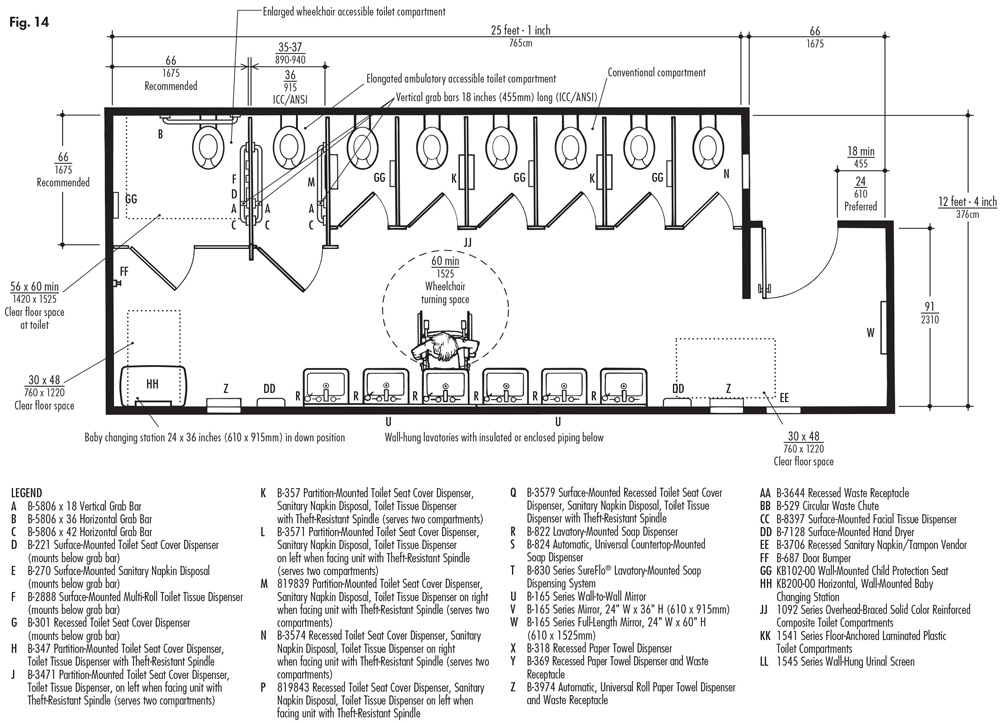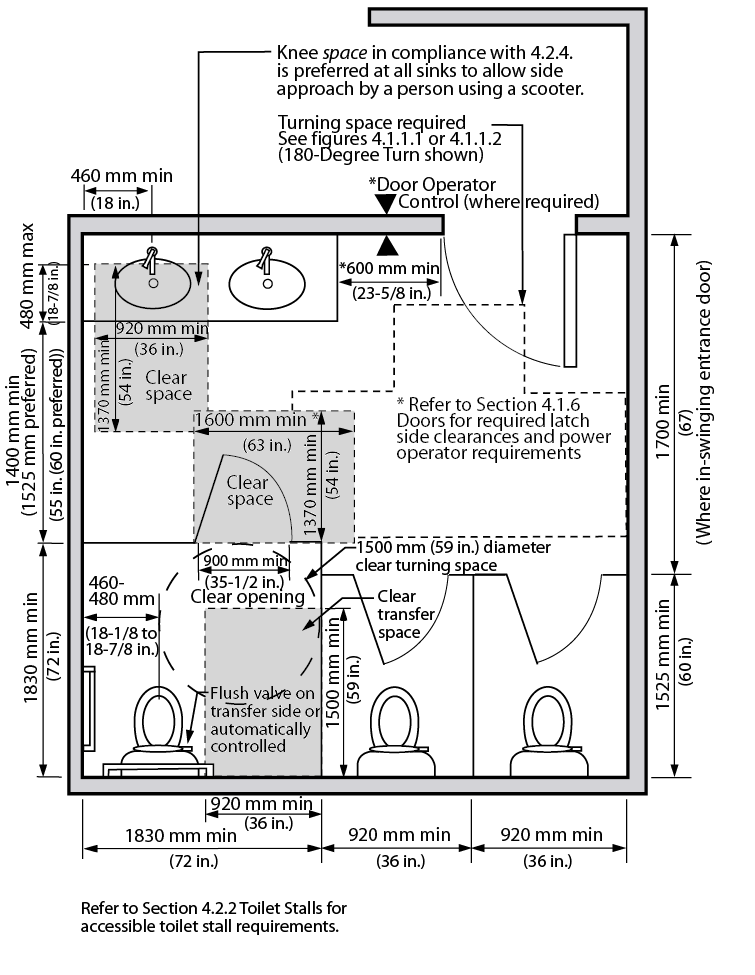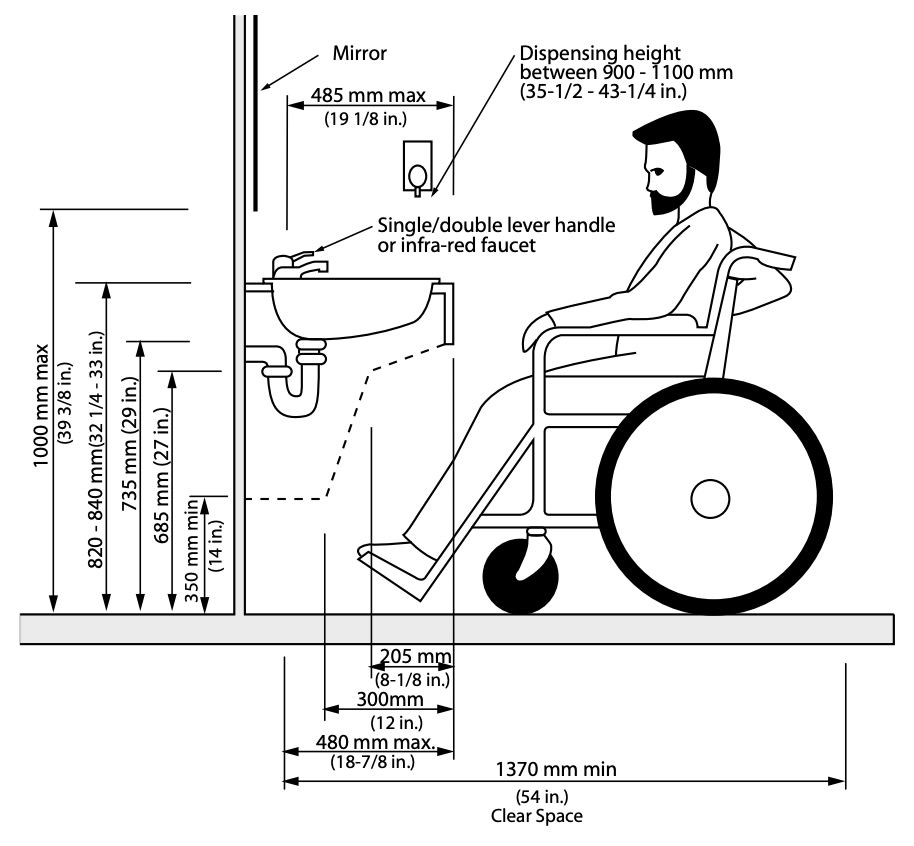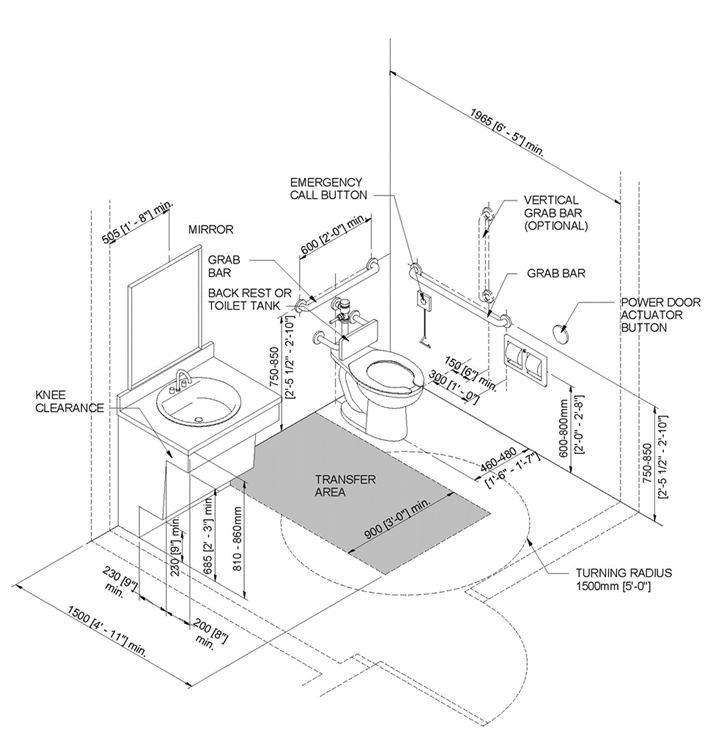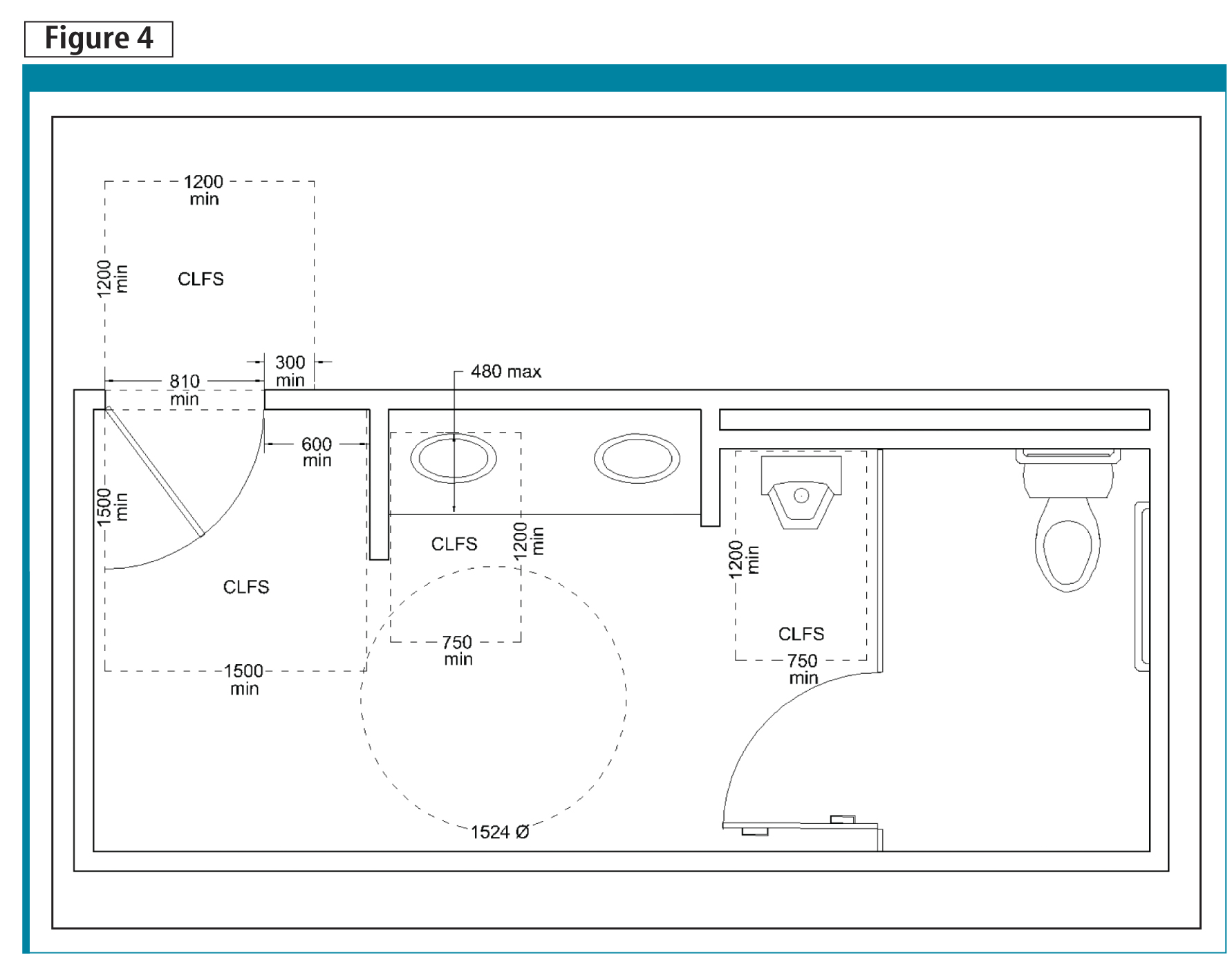How Many Washrooms Per Employee Ontario

Navigating workplace regulations can be a complex undertaking for employers and employees alike. One crucial aspect often overlooked is the provision of adequate washroom facilities. In Ontario, the Occupational Health and Safety Act (OHSA) and its regulations outline specific requirements for the number of washrooms based on the number of employees, aiming to ensure a safe and healthy work environment.
Understanding these requirements is essential for compliance and fostering a positive workplace. This article delves into the specifics of Ontario's washroom regulations, outlining the minimum standards and exploring their significance for both employers and employees.
The Nuts and Bolts of Ontario's Washroom Regulations
The key legislation governing washroom facilities in Ontario workplaces is the Occupational Health and Safety Act (OHSA) and its associated regulations, specifically Regulation 851 for Industrial Establishments and other sector-specific regulations. These regulations dictate the minimum number of toilets and washbasins required based on the number of employees and the gender ratio in the workplace.
For example, in industrial establishments, if there are fewer than 10 employees of each gender, one toilet facility is required. As the number of employees increases, the regulations stipulate additional facilities. For instance, workplaces with 10-25 employees of each gender require a minimum of two toilet facilities for each gender.
The regulations also address accessibility considerations, ensuring that at least one toilet facility is accessible for employees with disabilities. These facilities must meet specific dimensional requirements and include features such as grab bars and adequate maneuvering space.
Specific Requirements: A Detailed Look
Beyond the number of facilities, the regulations also specify requirements regarding the cleanliness, maintenance, and supply of washrooms. Employers are obligated to maintain washrooms in a clean and sanitary condition, ensuring they are free from offensive odors and equipped with adequate supplies such as soap, toilet paper, and hand drying facilities.
Proper ventilation is another critical aspect, with regulations requiring adequate airflow to prevent the buildup of unpleasant odors and maintain air quality. Additionally, the regulations may specify requirements for privacy, ensuring that toilet compartments have doors and walls that provide adequate screening.
Enforcement and Compliance
The Ministry of Labour, Immigration, Training and Skills Development is responsible for enforcing the OHSA and its regulations in Ontario. Workplace inspectors conduct routine inspections to ensure compliance with health and safety standards, including washroom requirements.
Failure to comply with washroom regulations can result in penalties, including fines and orders to rectify the violations. Employers are encouraged to proactively review their washroom facilities and ensure they meet the minimum standards outlined in the OHSA and its regulations to avoid potential legal and financial repercussions.
The Impact on Employees and Employers
Adequate and well-maintained washroom facilities are essential for employee health, hygiene, and overall well-being. Providing sufficient facilities reduces wait times, promotes sanitation, and contributes to a more comfortable and productive work environment. This in turn can impact employee morale.
For employers, compliance with washroom regulations demonstrates a commitment to employee welfare and fosters a positive workplace culture. By prioritizing employee health and safety, employers can improve employee retention, reduce absenteeism, and enhance their overall reputation. Neglecting these regulations can lead to negative consequences, affecting both employee well-being and the employer's legal standing.
Moreover, investing in quality washroom facilities can enhance a company's image and attract top talent. In today's competitive job market, employees are increasingly seeking employers who prioritize their well-being, and a well-maintained workplace, including clean and accessible washrooms, can be a significant factor in their decision-making process.
Conclusion
Compliance with Ontario's washroom regulations is not merely a legal obligation but a fundamental aspect of creating a healthy, safe, and respectful work environment. By understanding and adhering to the requirements outlined in the Occupational Health and Safety Act and its regulations, employers can ensure they are meeting their obligations and contributing to the well-being of their employees.
Ultimately, prioritizing employee health and hygiene through adequate and well-maintained washroom facilities benefits both employees and employers, fostering a more productive, positive, and compliant workplace. Understanding and implementing the standards ensures compliance and builds a better workplace.


